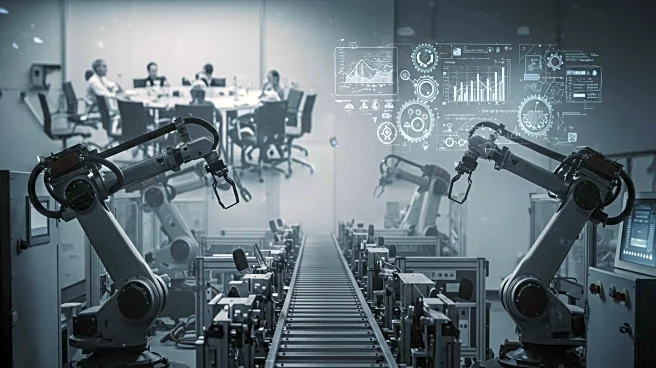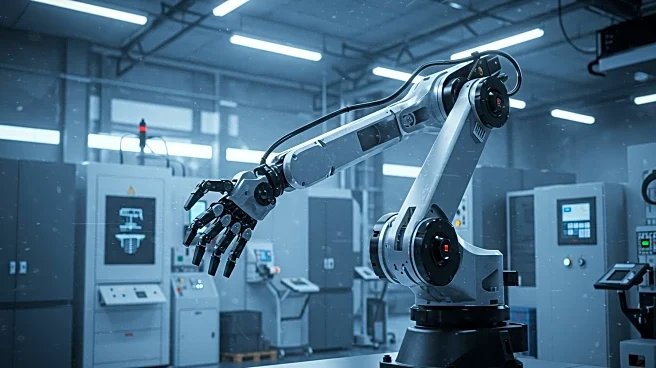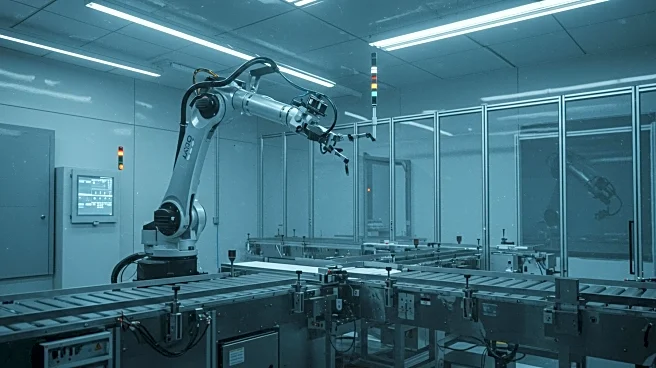What is the story about?
What's Happening?
Manufacturers are increasingly focusing on workforce visibility as a key strategy to navigate ongoing supply chain disruptions and labor shortages. The ability to track employee locations, tasks, and effectiveness is becoming crucial for manufacturers facing volatile demand and rising labor costs. Workforce visibility allows companies to manage labor costs, maintain compliance, and ensure employee well-being while meeting customer expectations for quality and timeliness. This approach is particularly important in a market where margins are tight and disruptions are frequent.
Why It's Important?
The emphasis on workforce visibility is significant as it provides manufacturers with a competitive edge in a challenging economic environment. By leveraging real-time data, companies can make informed decisions about staffing, productivity, and compliance, reducing costs and improving operational efficiency. This strategy not only helps in managing labor expenses but also enhances employee satisfaction and retention by ensuring fair and transparent work conditions. As supply chain disruptions continue to affect industries globally, workforce visibility offers a proactive solution to mitigate risks and maintain business continuity.
What's Next?
Manufacturers are likely to continue investing in digital workforce management systems to enhance visibility and operational efficiency. These systems provide a comprehensive view of staffing, productivity, and compliance across multiple sites, enabling strategic decision-making. As companies adapt to the complexities of labor laws and industry regulations, automated compliance monitoring will become increasingly important. This shift towards digital solutions is expected to drive further innovation in workforce management, helping manufacturers optimize productivity and maintain a competitive advantage.
Beyond the Headlines
The adoption of workforce visibility tools reflects a broader trend towards digital transformation in manufacturing. By integrating data from various sites and functions, companies can gain insights into labor patterns and operational bottlenecks, leading to more strategic workforce planning. This transformation not only addresses immediate challenges but also positions manufacturers for long-term success in a rapidly changing industry landscape.
AI Generated Content
Do you find this article useful?











